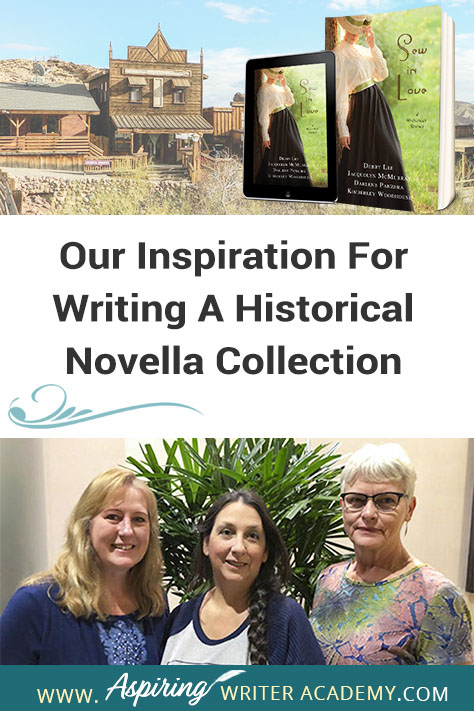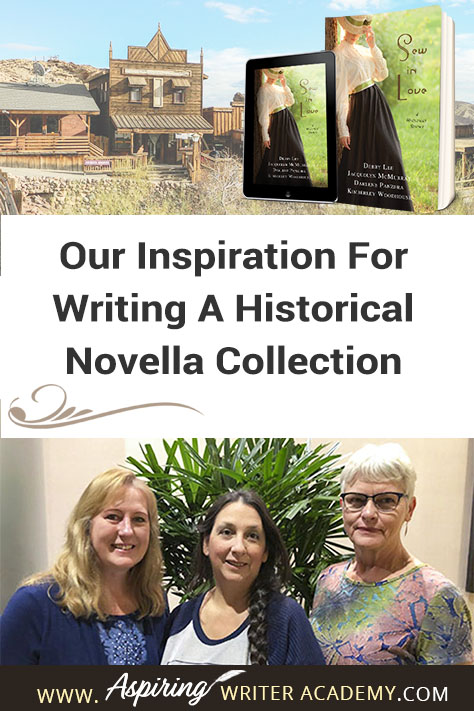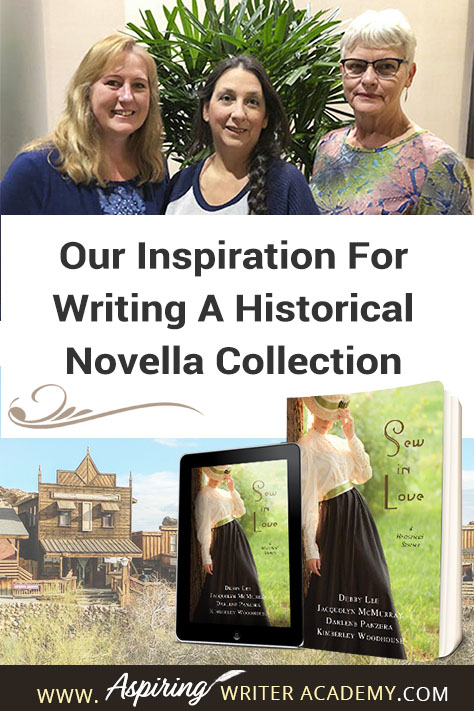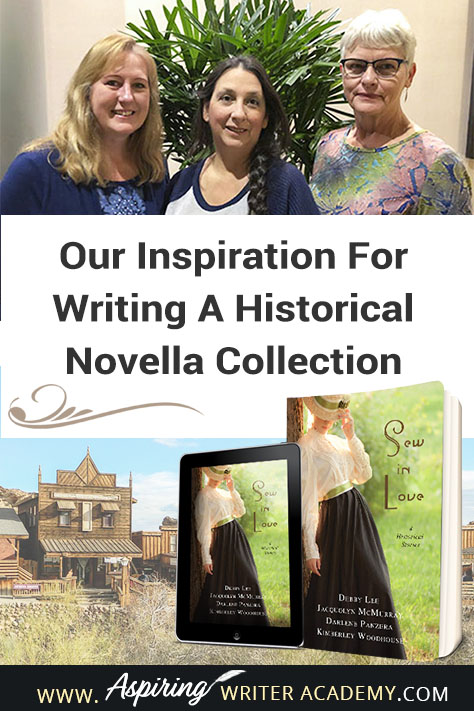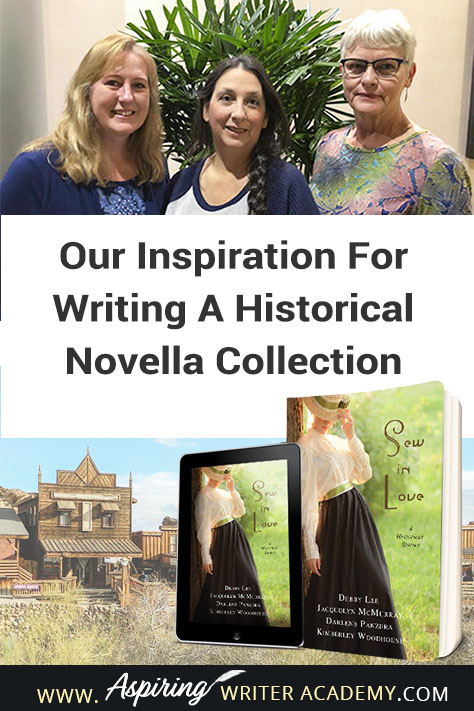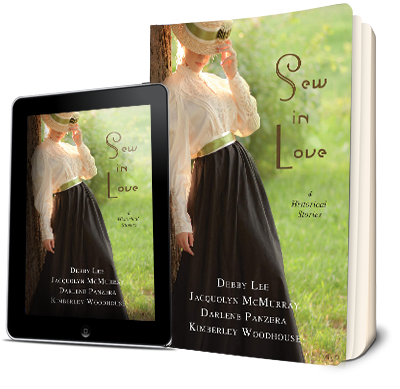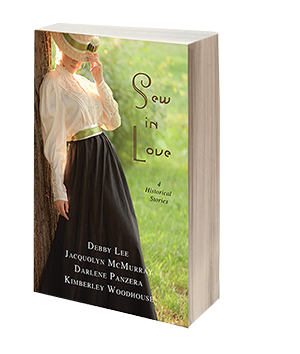Our Inspiration For Writing A Historical Novella Collection
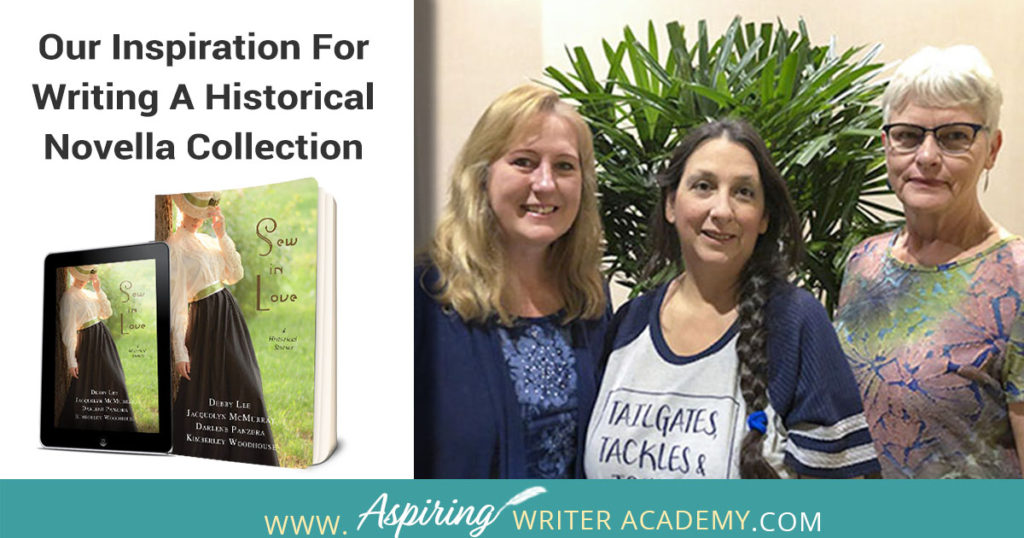
Collaborating with other authors and writing novellas for a joint anthology is a great way to break into traditional publishing. Author Debby Lee and I (Darlene Panzera) had already been published with Barbour Publishing when we decided to bring in our good friend, Jacquolyn McMurray to create a novella collection.
Jackie had many of her stories published with a small press, but this was her first book with a large traditional publisher. After we presented the proposal with each of our stories and it was accepted, our editor brought in a fourth member to our team, Kimberley Woodhouse.
While each of our stories were of our own creation, and they did not tie in with one another's plots, the four of us were able to work together to discuss our common "theme" (historical seamstresses).
In the interview below, Debby, Jackie, and I discuss the inspiration behind the "Sew In Love" collection, including how we came up with our characters, picked time periods and settings, and what we discovered during research.
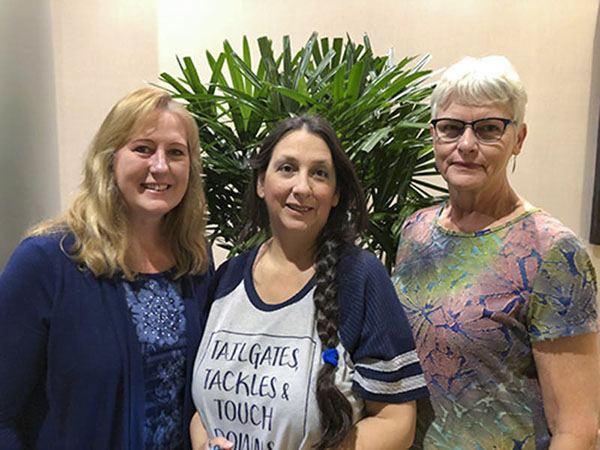
Q & A with the authors of the Sew in Love Collection: Jacquolyn McMurray, Debby Lee, and Darlene Panzera.
(Kimberley Woodhouse, also part of the 4-novella collection was unavailable).
Available at: Amazon Barnes & Noble
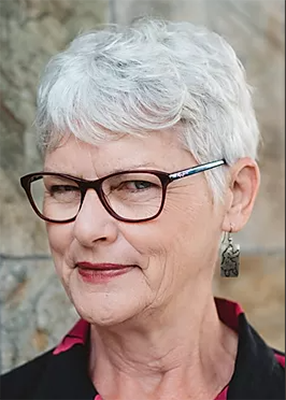
Jacquolyn McMurray
1. What inspired you to write your story?
Debby Lee and Darlene Panzera invited me to join the collection proposal and the original idea was to have all the heroines experience some loss due to the Triangle Shirtwaist Factory fire. When our publisher asked us to broaden the scope of the stories, I already had my story plotted and had started writing it. Debby and Darlene graciously allowed me to write the factory fire story.
2. How did you come up with these particular characters for your story?
I wanted my heroine to be a fire survivor who was thrust into a situation where she is responsible for the financial welfare of her family. Given the time period and the unsafe conditions in the garment factories, it made sense to me that the hero was a labor union organizer.
3. What surprised you most while researching or writing this story?
I was surprised by the blatant lack of safe conditions in the workplace.
4. Why did you pick this time period and setting for your story?
Originally, we were all going to write stories that took place in New York city in 1911 after the Triangle Shirtwaist Factory fire. I'm so grateful I was able to stay with the original plan.
5. Do you sew? If so, who taught you and what kinds of things do you sew?
I love to sew! I think I've sewn since I was about eight or nine. My amazing blind grandma taught me to hem linen tea towels when I was quite young. Over the years I've sewn clothes, table runners and napkins, tote bags, curtains, chair cushions, and stuffed animals. The most complex project was our daughter's wedding gown. We couldn't find a pattern for the style she wanted, so I had to wing it. Fortunately, she loved the finished gown.
6. Anything else to add?
Writing this novella length historical romance has inspired me to complete a full-length historical fiction book I've been working on for years. I love researching and weaving facts into a fictional story.
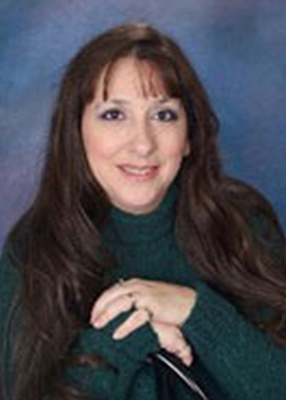
Debby Lee
1. What inspired you to write your story?
My grandfather had a hobby of sewing quilts for the local church. The church then donated the quilts to missions across the world. He placed a note and his address in the "pocket" of one of his quilts. He then received a letter of a woman from Russia who thanked him for his quilt. When we had to change the theme of this book from the Triangle Shirtwaist Factory fire to one with a more general sewing theme, I knew I had to write about my grandfather.
2. How did you come up with these particular characters for your story?
The characters of this novella are loosely inspired by my grandparents. My grandmother had red hair, as does my heroine, and the hero is tall with blond hair, like my grandfather. Like my heroine, my grandmother was close to her family and her father fought in a war, albeit WWI. My grandfather did injure his hands but not from landing a burning bomber airplane, he cut them on a table saw. Sewing quilts did help his hands heal. I also named my characters after my grandparents. My grandfather's name was Irving and my grandmothers middle name was Estella.
3. What surprised you most while researching or writing this story?
I learned a few interesting things about parachutes in WWII. The American parachutes were made out of nylon. In Europe when an American pilot went down the local French women, because of the shortage of fabric, didn't waste time confiscating his parachute. The French women then used the nylon to sew underwear. This may sound silly but the French weren't the only ones to use parachute fabric to sew clothing. Here is a picture of a dress sewn by an American woman for her wedding, it's made entirely from nylon from parachutes.
4. Why did you pick this time period and setting for your story?
I have written several novellas set during 1800's America and I wanted to do something different. Then I watched an episode of America's Deadliest Catch with my son. In the show they talk about the Japanese invasion of the Alaskan Territories and the bombing of Dutch Harbor during WWII. It was something different that I thought most people hadn't heard of and right then I knew that's where and when I wanted to set my story.
5. Do you sew? If so, who taught you and what kinds of things do you sew?
As a child I sewed a few doll quilts alongside my grandfather who sewed adult sized quilts, but that's as far as it went. As I wrote this story it's piqued my interest in sewing and now it's something I want to learn more about, and learn to do better.
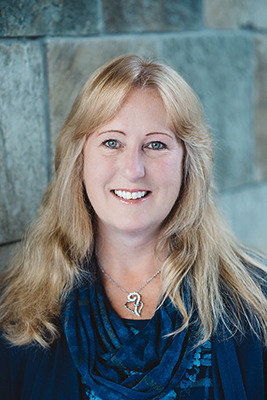
Darlene Panzera
1. What inspired you to write your story?
The other authors and I decided that each of our heroines for this collection would all be seamstresses. During some research for another story I became interested in the California Gold Rush and when I learned that some of the women who settled around mining camps were given the freedom to run their own businesses and earn large amounts of money equal to and even surpassing some of the men, (which was not the norm for those days), I knew that this would be the setting. I love to write inspiring stories about heroines who strive to make their dreams come true.
2. How did you come up with these particular characters for your story?
Many of the fictional women in the story and their occupations were derived from details I came across during research. One woman made $18,000. selling pies to miners and ended up making more money than some of the miners digging for gold. Many other women washed and mended the miner’s clothes, which is what my heroine does. I also wanted to bring some children into the story and thought the hero should have an orphaned nephew in his care who helps bind him to the heroine.
3. What surprised you most while researching or writing this story?
I did not know that in San Francisco many of the businesses during this era took up residence in the hulls of ships after they were abandoned by miners heading toward the gold fields. One ship was even used as a jail.
4. Why did you pick this time period and setting for your story?
I had already decided upon the setting of California because of the opportunity available to women during the Gold Rush and research informed me that although the first to arrive were ‘49ers, many of the women came by ship or wagon train in 1950 and later. It took many months to a year to reach the west coast, so I chose for my heroine to arrive by ship April of 1950.
5. Do you sew? If so, who taught you and what kinds of things do you sew?
Yes, I can sew. My mother and grandmother always sewed clothes for me and my dolls. I learned basic hand stitching from them and then I took Home Ec in high school and learned how to use a sewing machine. I made a denim vest. Later my projects expanded to costumes, stuffed animals, and homemade dolls.
6. Anything else to add?
I have always loved horses and have a couple of my own, so I try to include horses into many of my stories. In Hearts Sewn With Love, the miners use mules and horses for travel. My hero’s dream is to pan enough gold to buy land for his own horse ranch. And when the heroine learns his young nephew wants to learn to ride, she borrows the postmaster’s horse so the hero can give the boy lessons and help the two of them bond.
How to contact or learn more about us:
Jacquoline : https://www.jacquolynmcmurray.com/
Debby: https://www.booksbydebbylee.com/
Darlene: www.darlenepanzera.com
We’d love to hear from you!
Sew in Love: 4 Historical Stories
When four women put needle and thread to fabric, will their sewing lead to love?
Available at: Amazon Barnes & Noble
If you have any questions or would like to leave a comment below, we would love to hear from you!
Our Goal for Aspiring Writer Academy is to help people learn how to write quality fiction, teach them to publish and promote their work, and to give them the necessary tools to pursue a writing career.
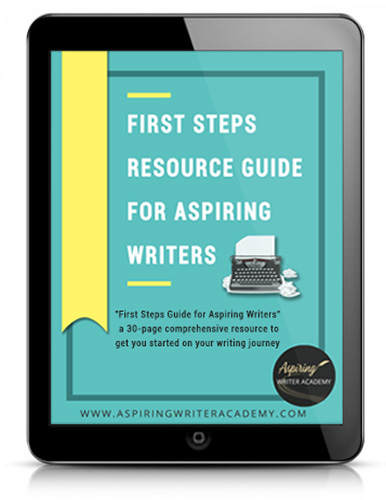
ENTER YOUR EMAIL BELOW
TO GET YOUR FREE
"First Steps Guide for Aspiring Writers" a 30-page comprehensive resource to get you started on your writing journey.
Other Blog Posts You May Like
Scene & Sequel: The Secret to Plotting an Epic Novel
Scene & Sequel: The Secret to Plotting an Epic Novel (Part 2)
Writing Fiction: How to Develop Your Story Premise
12 Quick Tips to Write Dazzling Dialogue
10 Questions to Ask When Creating Characters for Your Story
Macro Edits: Looking at Your Story as a Whole
Basic Story Structure: How to Plot in 6 Steps
Writing Fiction: How To Keep Track of Time in Your Story
Behind the Scenes: Interview with the Authors of the “Sew in Love” Collection
Do you find it difficult to create compelling antagonists and villains for your stories? Do your villains feel cartoonish and unbelievable? Do they lack motivation or a specific game plan? Discover the secrets to crafting villains that will stick with your readers long after they finish your story, with our How to Create Antagonists & Villains Workbook.
This 32-page instructional workbook is packed with valuable fill-in-the-blank templates and practical advice to help you create memorable and effective antagonists and villains. Whether you're a seasoned writer or just starting out, this workbook will take your writing to the next level.

is a multi-published author, speaker, and writing coach. She writes sweet contemporary, inspirational, and historical romance and loves teaching aspiring writers how to write quality fiction. Read her inspiring story of how she published her first book and launched a successful writing career.

